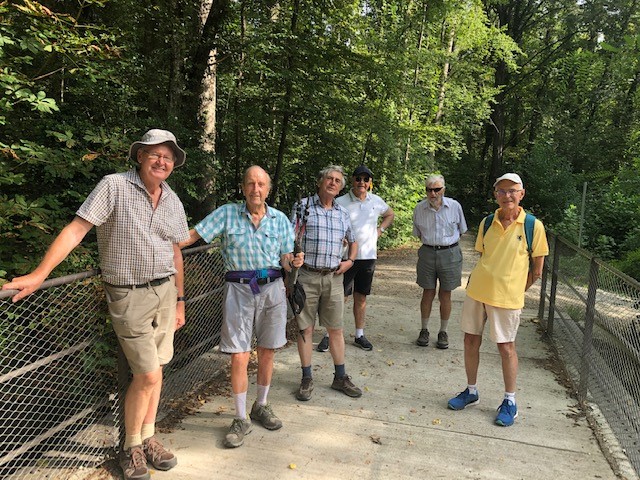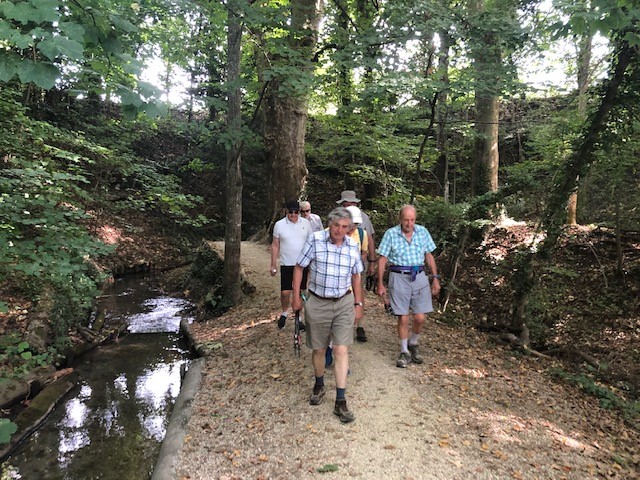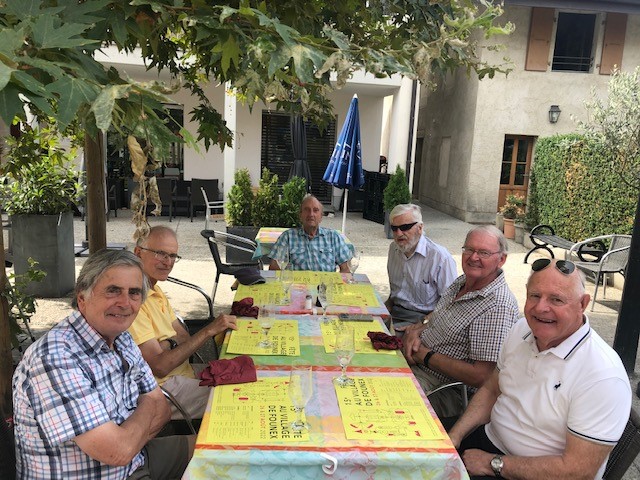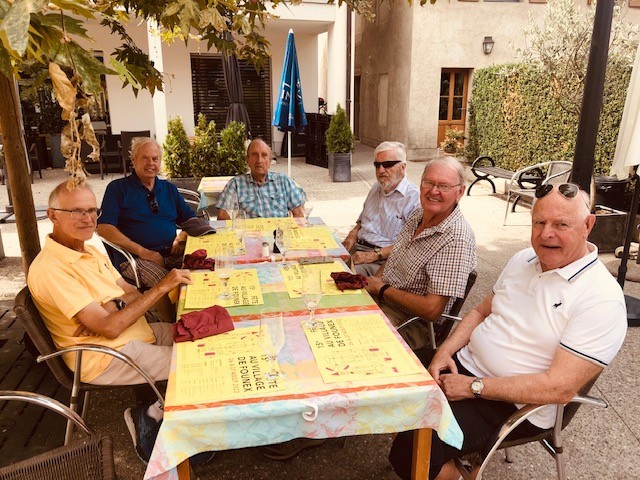The curator, Stéphane Fischer, gave 7 of us an illuminating 1-hour tour of the principal exhibits in this impressive museum in the Perle du Lac parc, which was built in Italian style in 1825 as a country residence by a rich banker Bartholini at a time when all around was virgin countryside.
A certain Hans Wilsdorf bought the villa and it was his wife who declared the area to be ‘la perle du lac’, and the name stuck. The villa got its present rôle in 1964, when large numbers of exhibits began to be accumulated, and this trend continues today. Some weightier items couldn’t be accepted as there is no lift in the building.
The achievements of 18th and 19th century scientists, in the majority from England and Geneva, were many and varied. Herewith a few examples
- a battery in pile form (hence the word ‘pile’ for battery in French), by the scientist Volta, where alternating copper and zinc disks are charged to produce and store electrical current. In 1857 Geneva became the first city to light its ‘rade’ by electricity, replaced by gas in 1897
- The Genevois Horace Bénédict de Saussure, basically a botanist who branched out into geology and physics, had long dreamed of climbing Mont Blanc to
carry out various experiments. In 1760 he offered a generous prize of 20 Thalers to whomever first reached the summit: for 26 years nobody succeeded, then in August 1786 Dr Paccard and a local cristallier Jacques Balmat reached the summit. The following year, de Saussure climbed the mountain himself with a party of 17 men: they had to carry a weighty glass container ( a museum exhibit) in which they collected a sample of the thin air above 4000 metres. They also had to carry a mountain of equipment, in duplicate in case of accidents, plus de Saussure’s bed, mattress, curtain, tent and several changes of clothes. They took 3 days. De Saussure suffered from mountain sickness and could not carry out all his experiments. He estimated the height of Mont Blanc at 4775 metres, considered pas mal pour l’époque (actually 4810m). The statue of Jacques Balmat pointing to the summit can be seen in the centre of Chamouni (18th century spelling) to this day. - various barometers used to decide altitude, using a tube of mercury
- in the 19th century Geneva scientist Jean-Daniel Colladon explored the speed of sound through water, immersing measuring rods as detectors.
- a device to show how polar auroras were formed (see photo). Its use of an electrical current to produce changing colours was accepted as the correct explanation until in the late 19th century a Norwegian scientist proved that auroras were formed by solar winds interacting with the earth’s atmosphere

One could spend several days in this fascinating museum, so rich and varied and impressive are the exhibits.
Once the visit was over, several of us reviisited some exhibits, then most repaired to the La Caramela restaurant in the nearby Hôtel Eden for a tasty lunch.
La Caramela turned out to be the name of the owner’s ginger cat, beaming down from its picture frame a few metres away.
As usual, les absents avaient tort.
Participants Mike Price, John Burley, Nathan Finkelstein, Rob McKenzie, Mike Muller, Paul Sochaczewski, Norman Eatough.









